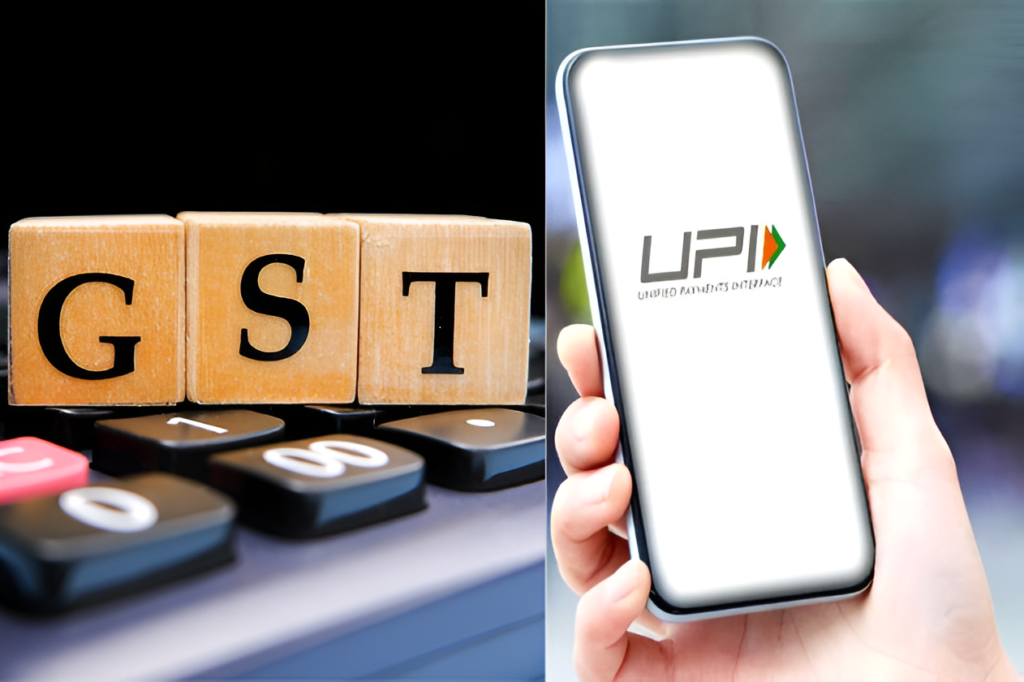
Last Tuesday, my phone kept buzzing with worried messages from friends asking if I’d heard about the “new GST on UPI payments.” As someone who hasn’t withdrawn cash in months, I panicked a bit too. A quick check of my Twitter feed showed everyone freaking out about rumors that our beloved UPI payments would soon get 18% more expensive if they crossed Rs 2,000. I had to figure out what was really going on.
The Rumors That Freaked Everyone Out
The story spreading like wildfire claimed the Finance Ministry was planning to slap an 18% GST on any UPI transaction above Rs 2,000. My friend Rohit, who runs a small electronics shop, was particularly worried. “This would kill my business,” he texted me. “Most of my customers pay through UPI specifically because it’s hassle-free and has no extra charges.”
The timing seemed odd too. UPI has been the government’s poster child for Digital India. Why would they suddenly tax it? Something didn’t add up.
The Government’s Response
Thankfully, we didn’t have to wonder for long. By Friday evening, the Finance Ministry came out with a strongly worded statement. I remember reading it while waiting for my coffee at a café – “completely false, misleading, and without any basis,” they called the rumors. There was “no such proposal under consideration.”
The café owner, who’d been eavesdropping on my phone call about this very topic, looked visibly relieved. “Thank god,” he said. “90% of my customers use UPI now.”
Why Everyone Believed It Could Be True
The confusion wasn’t entirely baseless. When you dig into how digital payments work, there’s something called MDR (Merchant Discount Rate) – basically a small fee that payment providers usually charge. In normal circumstances, GST would apply to this fee.
What many people (including myself) didn’t realize is that back in December 2019, the government actually eliminated MDR on UPI transactions between customers and merchants. Since there’s no fee, there’s nothing to apply GST to. Simple logic, but not widely understood.
My uncle, who’s always suspicious of “too good to be true” government schemes, reminded me on Sunday: “They scrapped those charges five years ago, but who knows when they’ll bring them back?”
The Government’s Actual Stand on Digital Payments
Far from trying to tax UPI, the Finance Ministry revealed they’ve been pumping serious money into promoting it. They’ve been running an Incentive Scheme since 2021 that specifically targets small-value UPI transactions.

The numbers are impressive:
- Rs 1,389 crore in 2021-22
- Rs 2,210 crore in 2022-23
- Rs 3,631 crore in 2023-24
My cousin who works in fintech explained it to me over dinner last night: “They’re literally paying money to make UPI work smoothly for small merchants. Taxing it would contradict everything they’ve been doing.”
India’s Digital Payment Revolution By The Numbers
When I shared the government’s clarification in my family WhatsApp group, my dad, who loves statistics, was most impressed by how much UPI has grown. The transaction values have exploded from Rs 21.3 lakh crore in 2019-20 to a massive Rs 260.56 lakh crore by March 2025.
“Remember when I used to stand in ATM lines after work?” he messaged. “Now I haven’t seen the inside of an ATM in months.”
The merchants-customer transactions alone have hit Rs 59.3 lakh crore. No wonder nearly half the world’s real-time digital transactions now happen in India. My American cousin visited last month and couldn’t believe how even roadside coconut sellers accept UPI. “We’re still figuring out contactless payments, and you guys are scanning QR codes for everything!” he joked.
We’ve Been Down This Road Before
While discussing the topic with a lawyer friend over chai yesterday, she mentioned that the GST Council had actually discussed something similar before – but in reverse. Last September, they’d debated applying GST on transactions below Rs 2,000 through payment gateways. That proposal got sent back for more study.
“Rumors often contain twisted versions of past discussions,” she explained. “Someone probably heard about that old proposal and flipped it around.”
What This Means For Your Daily UPI Habits
For everyday UPI users like me, who pay for everything from movie tickets to electricity bills through the app, nothing changes. We can continue our beep-boop-scan routine without any extra tax burden. The street food vendor outside my office, who reluctantly adopted UPI during demonetization but now prefers it to cash, won’t have to rethink his payment choices.
The Road Ahead
Walking home yesterday, I counted five shops with UPI QR codes prominently displayed for every one that emphasized cash payments. Digital payments have transformed how India transacts, and the government seems committed to keeping this revolution accessible and affordable.
The swift killing of these rumors also shows how much weight UPI now carries in our economy. Even the suggestion of taxing it caused nationwide panic. As my grandmother wisely noted when I explained the whole saga to her: “When something becomes essential to daily life, even rumors about it can shake people.”
For now, I’ll keep using UPI without worrying about any sneaky GST charges – and judging by the relieved reactions I’ve seen everywhere from Twitter to my local kirana store, so will millions of other Indians.









